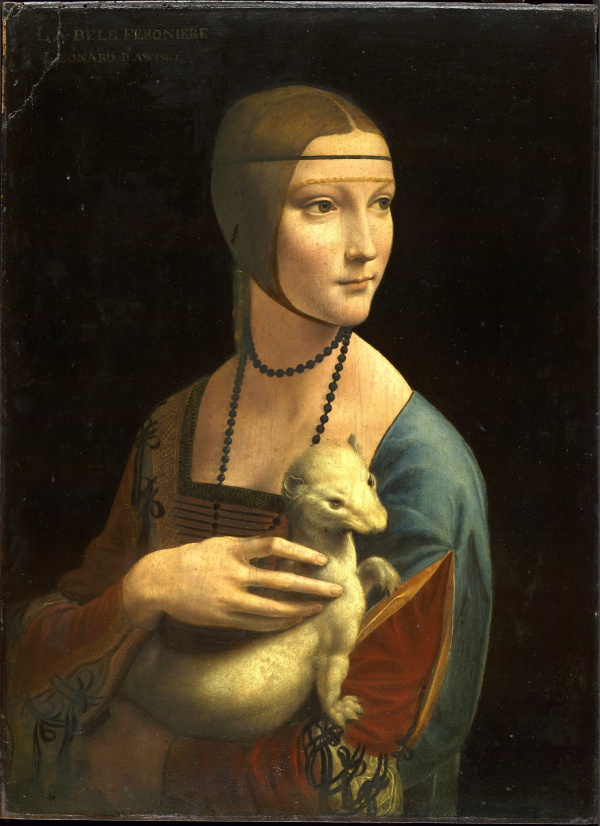Facts About Lady with an Ermine
"Lady with an Ermine" is a renowned portrait painted by the legendary Italian artist Leonardo da Vinci between 1489 and 1490. This stunning piece, which depicts Cecilia Gallerani—who was the mistress of Ludovico Sforza, the Duke of Milan—can be admired at the Czartoryski Museum in Kraków, Poland. It is not merely a painting; it's considered one of Poland's national treasures and is a highlight of the Princes Czartoryski Collection.
Leonardo demonstrated his mastery using oil paints on a walnut wood panel, a technique that was quite innovative in Italy at the time. Cecilia is portrayed holding a white-coated stoat, commonly known as an ermine, which adds an additional layer of symbolic meaning to the artwork. Leonardo's ability to capture the human form is showcased brilliantly here, especially in the meticulous details of Cecilia's hand.
The painting has a rich history. It was acquired by Prince Adam Jerzy Czartoryski in 1798 and has survived various conflicts and occupations over the years. To preserve its beauty, "Lady with an Ermine" has undergone conservation efforts in both Warsaw and Washington, D.C. These efforts have provided fascinating insights into Leonardo's techniques.
What makes this painting truly special is its composition, symbolism, and the narrative behind it. "Lady with an Ermine" is more than just a portrait; it's a masterpiece that continues to captivate art lovers and visitors from around the world. If you ever find yourself in Kraków, visiting the Czartoryski Museum to see this exceptional work of art in person is highly recommended.

 Ukraine
Ukraine